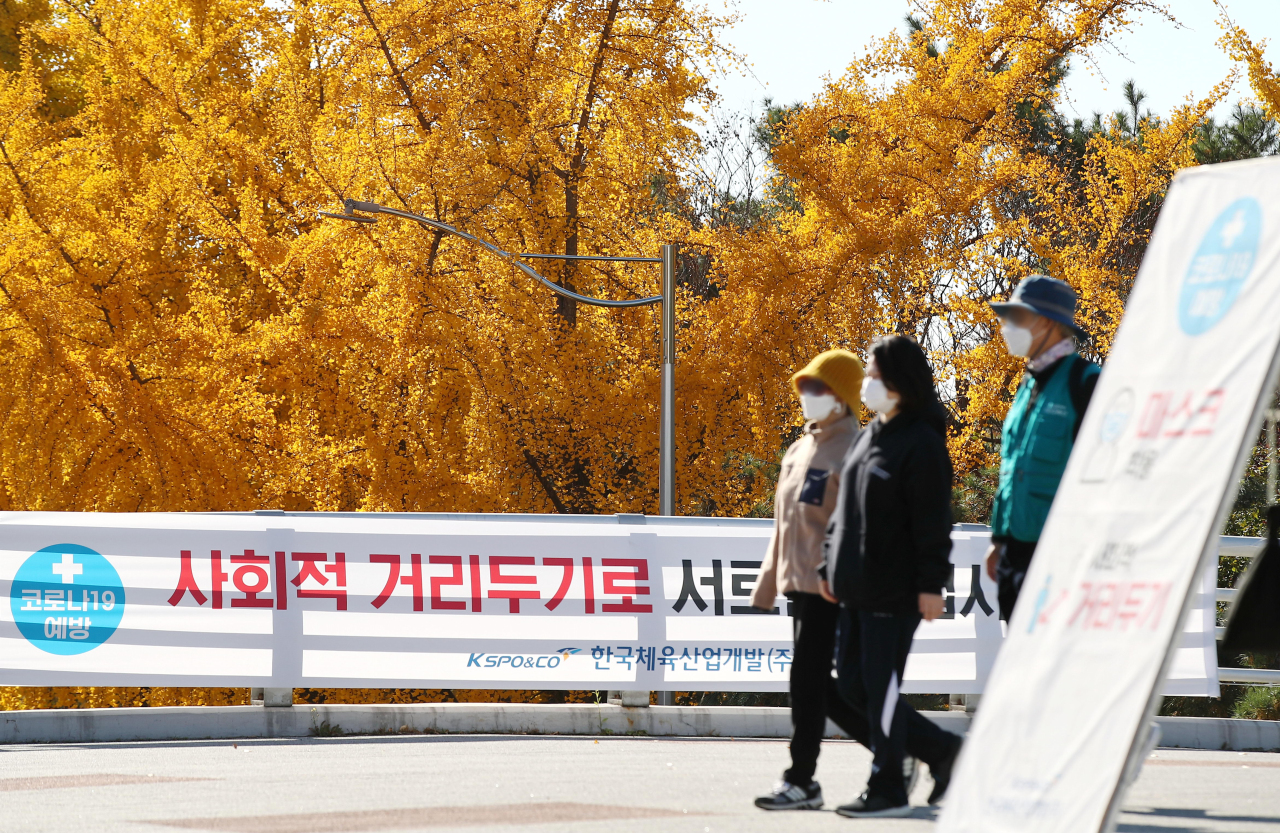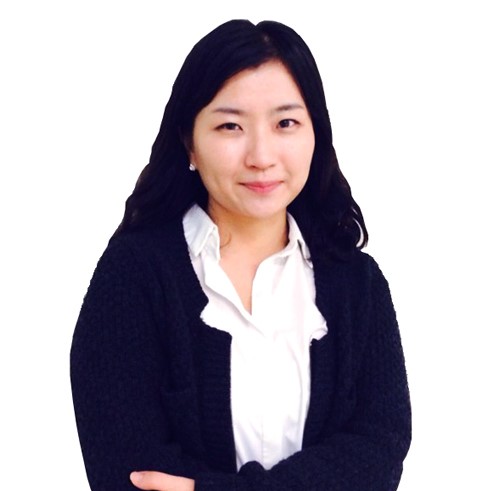COVID-19 continues to challenge authorities with sporadic group infections
By Park Han-naPublished : Nov. 9, 2020 - 09:40

Health authorities are grappling with the growing burden of contact tracing as sporadic group infections continue as cold weather increases COVID-19 risks both here and abroad.
Lee Sang-won, who heads epidemiological investigation analysis at the Central Disease Control Headquarters, said the country has seen a growing number of cases stemmed from small cluster infections and sporadic outbreaks led by those who had close contacts with infected people.
“Small-scale group infections are difficult to ascertain the origin source. We need to put effort on preventing such group infections as they require a wide range of epidemiological investigations despite a small number of patients tied to the group,” Lee said during a press briefing on Monday.
Mass infections linked to seasonal events such as Halloween and autumn trips to mountains and parks have not been detected yet. Still authorities are staying vigilant as the incubation period of the virus as not passed.
“There has been no meaningful reports on mass infections regarding fall foliage trips,” he said.
Although South Korea has managed to lower the number of daily caseload to around 100, recent resurgence in the United States and European countries could take a toll on the country.
“We cannot be completely immune to the negative impact of the increasing number of patients worldwide,” Lee said.
“I think the first step of virus containment effort is explaining to those who arrive here on what they have to watch out after isolation period and to make sure that they don’t engage in risky behavior before entering the country,” he said.
The novel coronavirus case count in South Korea rose by 126 to 27,553, according to the Korea Centers for Disease Control and Prevention’s database on Monday.
The latest figure, for cases reported in the 24 hours ending Sunday at midnight, marks the second day in a row that the country reported over 100 new cases. The country counted 143 new COVID-19 cases in the previous 24-hour period.
The health authorities are on alert because the nation had not seen triple-digit figures for two consecutive days on weekends over the past eight weeks. The number of new cases typically drops over the weekend because fewer tests are carried out.
Some 6,319 tests were conducted Sunday, just over half the average number for weekdays, which is about 12,000.
Two more people died, bringing the death toll to 480.
The case fatality rate for Sunday stood at 1.99 percent, higher than the accumulated average figure of 1.02 percent.
Of the 126 new cases, 99 were locally transmitted and 27 were imported.
The respiratory virus continued to spread through small gatherings of friends and family members. New cases also were traced to a bank, a subway station and workplaces.
In Seoul, 11 people linked to the office of Yeoksam Subway Station have been confirmed positive since the first case was detected Oct. 29. Three of them work at the station, and the others are family members or acquaintances of subway station employees.
New infections continue to pop up at a building in Seocho District, bringing the total to 13.
As of Saturday, the country has relaxed its social distancing guidelines nationwide to the lowest level of vigilance in a new five-stage scale, except for some areas in Chungcheong Province.
At Level 1, almost all social and economic activities are allowed as long as certain precautions are taken, such as wearing masks and disinfecting sites.
For the Level 1 rules to remain in place, the seven-day average of daily new cases must stay below 100 in the Greater Seoul area. Different upper limits were set for different regions, with the Chungcheong and Gyeongsang provinces at 30, and Gangwon and Jeju provinces at 10.
Second Vice Health Minister Kang Do-tae said it was possible that the government might raise vigilance to Level 1.5.
“If we can’t stop the upward-trending case increases, the social distancing rules will be revised up and our daily lives could be threatened again,” he said.
By Park Han-na (hnpark@heraldcorp.com)



![[Exclusive] Korean military set to ban iPhones over 'security' concerns](http://res.heraldm.com/phpwas/restmb_idxmake.php?idx=644&simg=/content/image/2024/04/23/20240423050599_0.jpg&u=20240423183955)




![[Herald Interview] 'Amid aging population, Korea to invite more young professionals from overseas'](http://res.heraldm.com/phpwas/restmb_idxmake.php?idx=644&simg=/content/image/2024/04/24/20240424050844_0.jpg&u=20240424200058)

![[Pressure points] Leggings in public: Fashion statement or social faux pas?](http://res.heraldm.com/phpwas/restmb_idxmake.php?idx=644&simg=/content/image/2024/04/23/20240423050669_0.jpg&u=)









